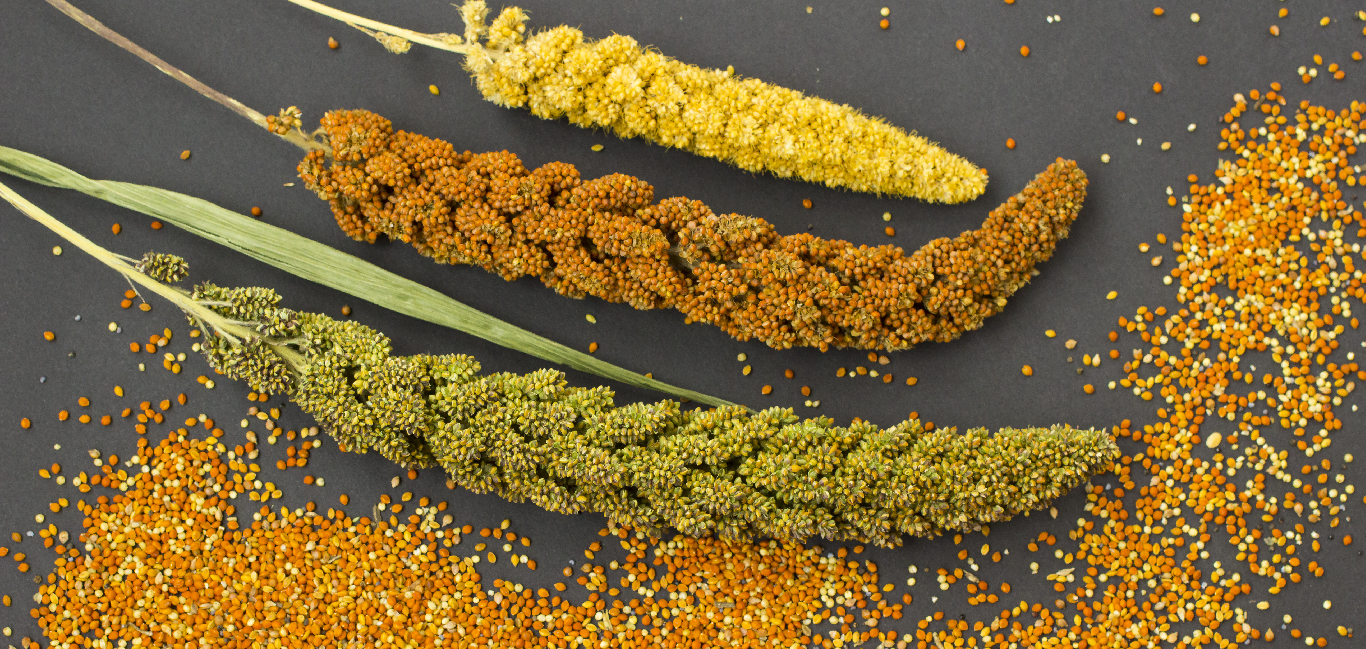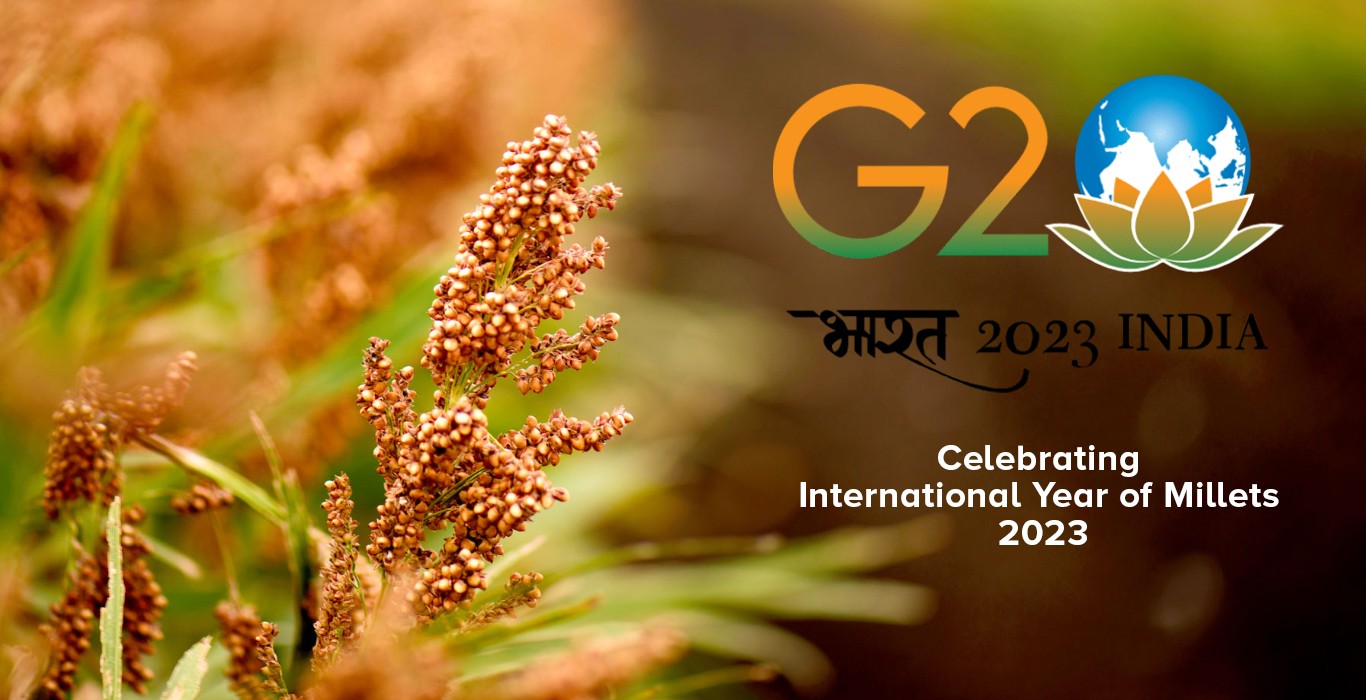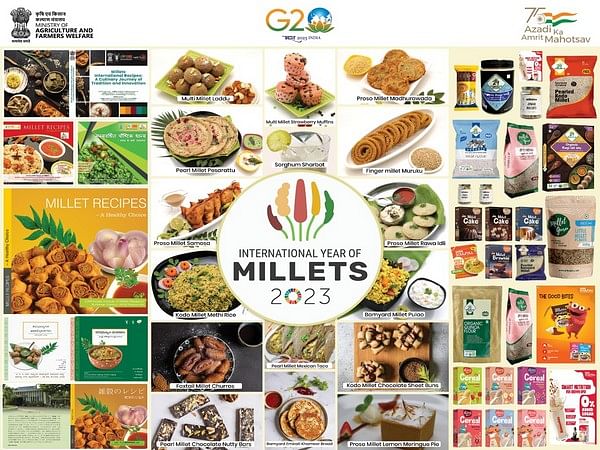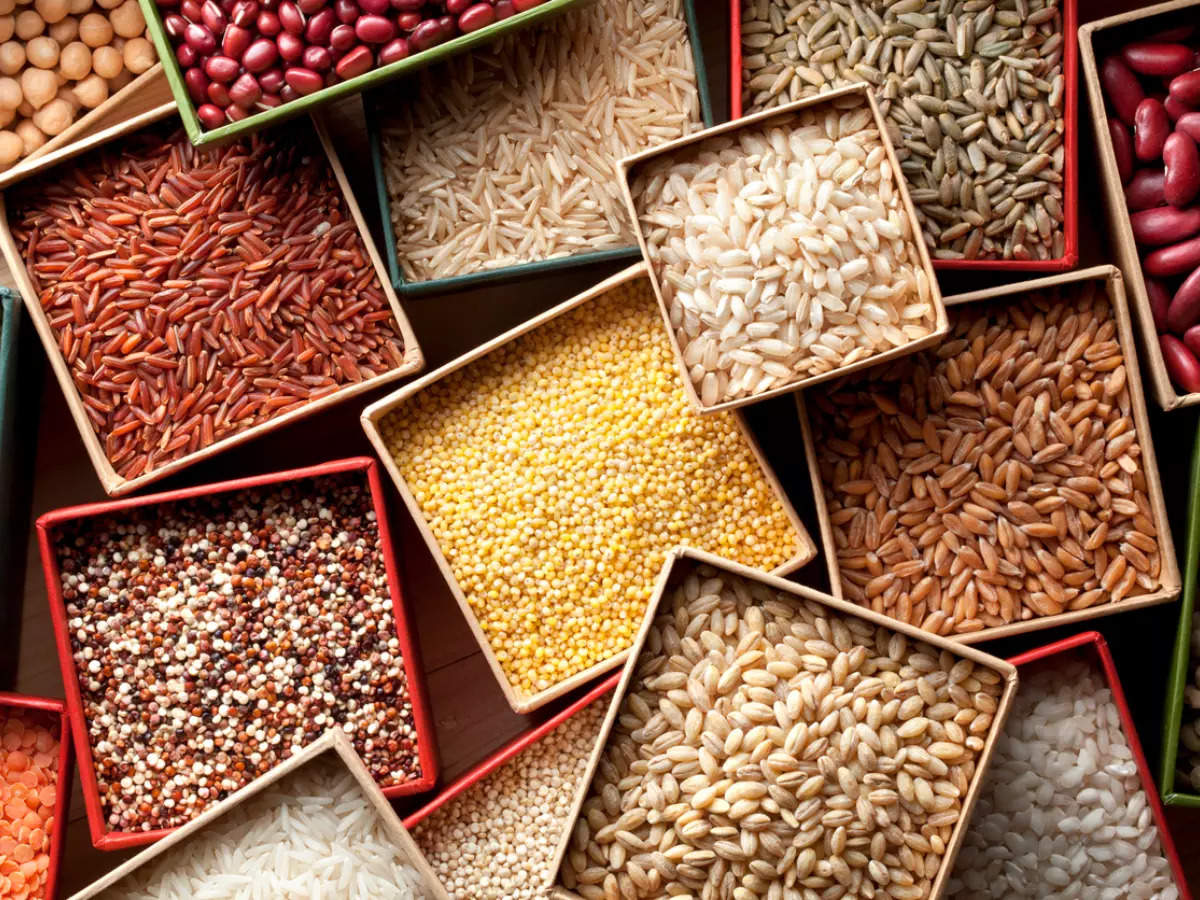2023 marks a pivotal moment for agriculture and nutrition worldwide as the United Nations (UN) declared it the International Year of Millets. This landmark decision results from a compelling proposal presented by India, a nation that stands as the foremost global producer of millets.
This significant stride can be attributed to the dedicated efforts of the Government of India (GOI) and the visionary leadership of Prime Minister Shri Narendra Modi. The foresight in promoting millets as a critical component of sustainable agriculture and nutrition has not only garnered international acclaim but also set in motion a series of initiatives aimed at harnessing the potential of this humble yet powerful crop.
In the following article, we will delve into the multifaceted aspects of millets, shedding light on their nutritional importance, cultural significance, the challenges they face and the government’s initiatives and efforts.
Firstly, what are Millets?
Millet is a collective term referring to several small-seeded annual grasses cultivated as grain crops, primarily on marginal lands in dry areas in temperate, subtropical and tropical regions. Among the array of millet varieties, noteworthy names include Ragi (Finger millet), Jowar (Sorghum), Sama (Little Millet), Bajra (Pearl millet), Variga (Proso millet), Kodo, Foxtail Millet, Little Millet, and Barnyard.
How are Millets more nutritive?
Millets are excellent sources of Vitamin A, Vitamin B, Phosphorous, Iron, Potassium and Niacin. They are also rich in Calcium and Magnesium. Ragi is known to have the highest calcium content among all the food grains.
Millets, especially dark-coloured grains, have beta-carotene, which converts to vitamin A, helping your body fight free radicals and supporting your immune system.
Millets are rich in dietary fibre, both soluble and insoluble. Millets trap fat in your gut and can lower the cholesterol level in your blood. That can help reduce your chances of atherosclerosis or heart disease. Millets help to prevent heart failure. Millets also help tackle obesity and diabetes as they are gluten-free and have a low glycemic index.
How are Millets environmentally friendly?
Millets emerge as environmentally sustainable crops due to their adaptability to diverse climates.
Flourishing in adverse conditions such as drought-prone and high-temperature regions, millets can remarkably thrive where conventional crops falter. Notably, millets exhibit a frugal water requirement, demanding nearly 70-80% less water than staple grains like wheat and rice, mitigating water scarcity concerns.
Further enhancing their eco-friendly profile, millets demonstrate resilience in less fertile soil, contributing to soil health preservation. Their natural resistance to pests and insects minimizes the reliance on chemical interventions. Beyond mere cultivation, millets are pivotal in averting soil depletion and fostering soil fertility.

Why did the Millet Production Decline?
The cultivation of millets boasts a rich history spanning over 5000 years, with India as its leader. Millet holds the distinction of being the inaugural grain cultivated in the Indian subcontinent. Archaeological evidence, notably from the Indus Valley civilization, attests to the early adoption of millets in agricultural practices.
Today, India is the largest global producer of Millet, commanding a substantial 41% of the worldwide production share. This dominance extends to the Asian continent, where India contributes a staggering 80% to the total millet production.

But the cultivation of millets has significantly dripped. Once spanning 35 million hectares, it has now dwindled to a mere 15 million hectares, primarily due to a myriad of agricultural challenges. Farmers are deterred by the perceived low yields and profitability of millets, hindering their widespread cultivation.
Additionally, millets face formidable competition from widely available staples like rice and wheat, which are deeply ingrained in the dietary preferences of the Indian population. Recent years have witnessed a decline in millet production, with sorghum (jowar) witnessing a fall, pearl millet (bajra) stagnating, and other millets, including finger millet (ragi), experiencing stagnation or decline.

The re-rise of Millet
The re-emergence of millets has become a pivotal focus for India, shaping the International Year of Millets 2023 narrative into a dynamic ‘People’s Movement’ while positioning the nation as the ‘Global Hub for Millets.’
This visionary approach gained global recognition through a United Nations Resolution, a testament to India’s leadership, garnering support from more than 70 nations.
The objectives of this movement are threefold:
- Firstly, to elevate awareness regarding Millet’s pivotal role in ensuring Food Security and nutrition.
- Secondly, to inspire stakeholders towards enhancing sustainable production and advancing the quality standards of millets.
- Lastly, to underscore the importance of augmented investments in research and development as instrumental steps toward realizing the broader objectives of the International Year of Millets.
Government of India’s visionary Plan to boost Millet Cultivation
In tandem with the International Year of Millets 2023, the G20 meetings this year have become a platform for extensive promotion of millets. Activities such as millet meals and distribution of millet gift hampers are being orchestrated. Additionally, interactions with millet farmers are taking place on the sidelines of the G20 meetings to amplify awareness about the benefits and potential of millet crops.

To provide concrete support for millet cultivation, the Department of Agriculture and Farmers Welfare is implementing the Sub-Mission on Nutri-Cereals under the National Food Security Mission. This initiative encompasses incentives for farmers, technological demonstrations, seed distribution and capacity-building programs.
Central Ministries, State Governments, and Indian Embassies have devised month-wise action plans to raise awareness about millets. Furthermore, states like Odisha, Assam, Chhattisgarh, Karnataka, Tamil Nadu, Andhra Pradesh, Madhya Pradesh, Maharashtra, and Rajasthan have initiated their State Millet Missions.
The government is also popularising the Agri-Infrastructure Fund Scheme to encourage the establishment of primary processing units in millets, accompanied by higher Minimum Support Prices for Jowar, Bajra, and Ragi to incentivize farmers towards millet cultivation.

In conclusion, millets emerge as the new-age grain in the evolving landscape of global agriculture, symbolizing a paradigm shift towards sustainable and nutrition-rich food sources. The International Year of Millets 2023, propelled by India’s visionary leadership, marks a pivotal moment in positioning millets as dynamic contributors to contemporary food security and environmental sustainability. Millets signify more than just crops; they represent a transformative force shaping a resilient and nourished future for the global community.













Comments 1